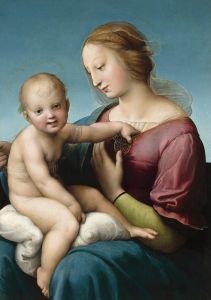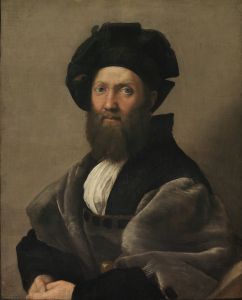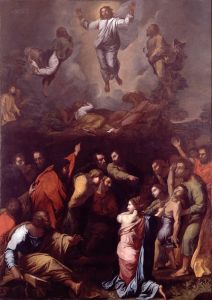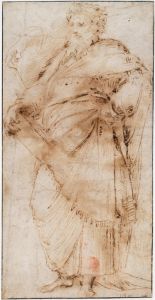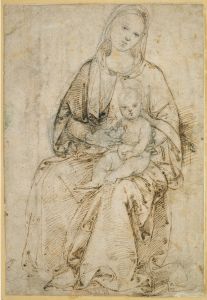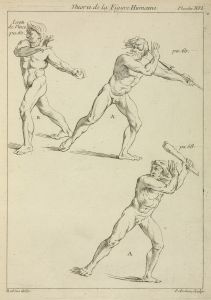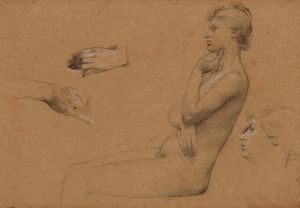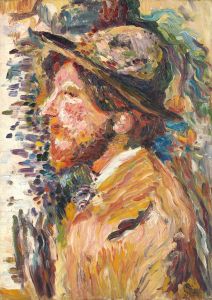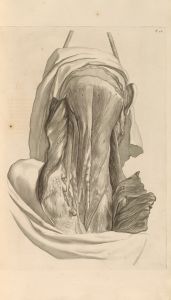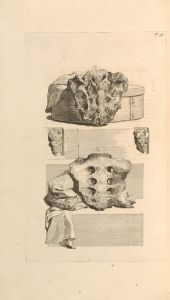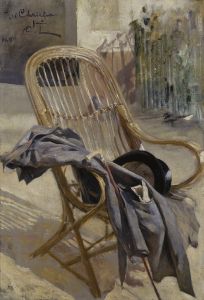
Studies of a Seated Female, Child’s Head, and Three Studies of a Baby
A hand-painted replica of Raphael’s masterpiece Studies of a Seated Female, Child’s Head, and Three Studies of a Baby, meticulously crafted by professional artists to capture the true essence of the original. Each piece is created with museum-quality canvas and rare mineral pigments, carefully painted by experienced artists with delicate brushstrokes and rich, layered colors to perfectly recreate the texture of the original artwork. Unlike machine-printed reproductions, this hand-painted version brings the painting to life, infused with the artist’s emotions and skill in every stroke. Whether for personal collection or home decoration, it instantly elevates the artistic atmosphere of any space.
"Studies of a Seated Female, Child’s Head, and Three Studies of a Baby" is a drawing by the renowned Italian Renaissance artist Raphael. This artwork is a testament to Raphael's exceptional skill in capturing human form and emotion through his meticulous studies. Raphael, whose full name was Raffaello Sanzio da Urbino, was born on April 6, 1483, in Urbino, Italy, and became one of the most influential artists of the High Renaissance.
The drawing is a preparatory study, a common practice among Renaissance artists who would create sketches and studies to explore composition, anatomy, and expression before executing a final piece. This particular work showcases Raphael's ability to convey tenderness and the subtleties of human interaction, which are hallmarks of his style.
In this drawing, Raphael presents multiple figures, including a seated female, a child's head, and three studies of a baby. The seated female figure is depicted with graceful lines and a serene expression, reflecting Raphael's mastery in portraying the human figure with elegance and poise. The child's head study captures the innocence and curiosity typical of Raphael's depictions of children, while the studies of the baby demonstrate his keen observation of infant anatomy and movement.
Raphael's use of chalk or pen and ink in such studies allowed him to experiment with form and shading, providing a glimpse into his creative process. These studies were likely intended to inform larger compositions, possibly for his famous Madonna and Child paintings, which often featured similar figures and themes.
Throughout his career, Raphael was known for his harmonious compositions and the clarity of form, which were influenced by his early training in the workshop of Pietro Perugino and his exposure to the works of Leonardo da Vinci and Michelangelo. His ability to synthesize these influences while developing his own distinct style made him a central figure in the Renaissance art movement.
Raphael's work, including his studies and sketches, had a profound impact on subsequent generations of artists. His approach to composition, perspective, and human anatomy became foundational elements in Western art. The studies of figures such as those in this drawing exemplify his dedication to understanding and depicting the human form with both technical precision and emotional depth.
Today, Raphael's drawings are highly valued for their insight into his artistic process and are studied by art historians and enthusiasts alike. They offer a window into the mind of an artist who, despite his relatively short life—he died at the age of 37—left an indelible mark on the history of art.






